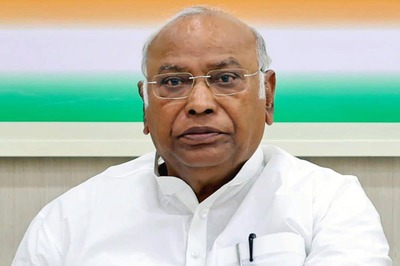
views
An Exchange Traded Fund (ETF) is a pooled investment security that functions similarly to a mutual fund. These ETFs usually track a particular index, sector, commodity, or other asset group. However, unlike mutual funds, ETFs can be bought or sold on a stock exchange just like regular stocks.
The demand for exchange-traded funds (ETFs) has experienced a significant upswing in recent years. As of June 30, 2023, the National Stock Exchange (NSE) website records show that there are over 174 accessible ETFs. These funds are considered passive investments where money is pooled to mimic the performance of a specific index through a collection of securities.
Highlighting the growth of ETFs, online broking platform, Zerodha, in a tweet wrote, “Exchange-traded funds (ETFs) have grown tremendously in the last 5 odd years. There are over 174 ETFs; you can easily build a low-cost, globally diversified portfolio just with ETFs.”
According to Zerodha, before buying or selling exchange-traded funds, investors should keep the following things in mind:
Don’t buy or sell immediately at the open market:
Avoid purchasing or selling as soon as the market opens because ETFs tend to have low trading volumes in the first 15–30 minutes. This can lead to significant price swings due to limited liquidity.
Always use limit orders:
It’s advisable to consistently use limit orders when dealing with ETFs. Despite the overall growth of ETFs, many of them still exhibit low trading volumes. Most of the trading activity is concentrated in the more popular ETFs. Opting for a market order might result in your transaction being executed at prices significantly different from the recent trade prices.
Trade carefully during volatile markets:
During times of market volatility, ETFs might undergo notable premiums or discounts. When engaging in ETF trading, it’s crucial to target a price that closely aligns with the indicative Net Asset Value (iNAV).
Exercise caution with illiquid ETFs:
As mentioned before, not all ETFs have consistent trading activity. When considering an ETF investment, it’s essential to assess not only the daily trading volume but also the historical trading volumes.
Use ETF SIPs:
For consistent ETF investments, you can create a Systematic Investment Plan (SIP), similar to what is done with mutual funds. Additionally, you have the option to set up an e-Mandate to facilitate automatic fund transfers to your trading account for SIPs.




















Comments
0 comment